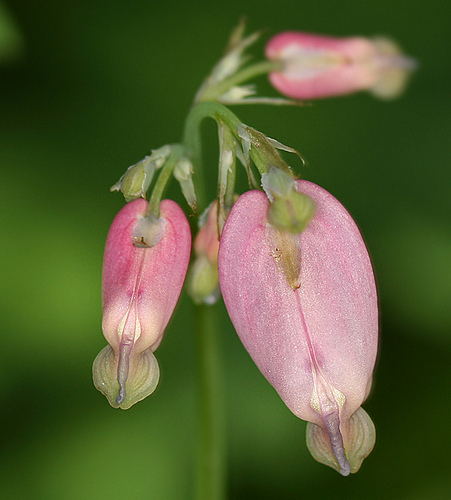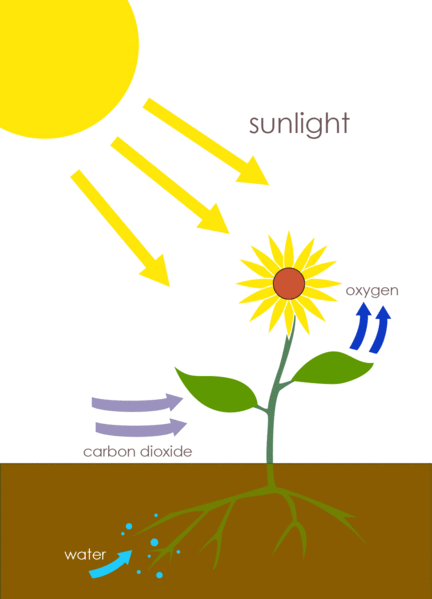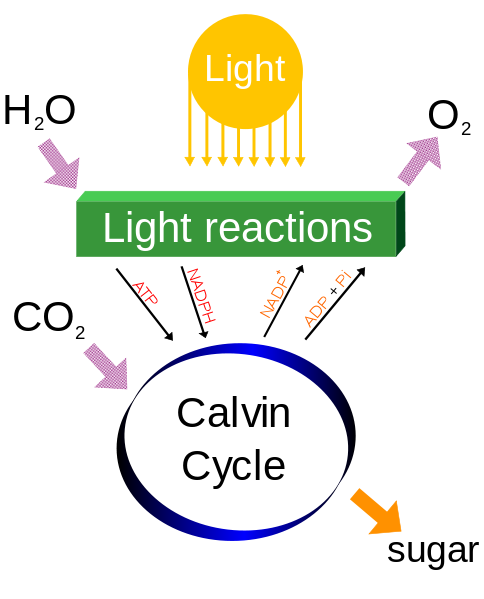Nutrition
 Dicentra
formosa (Pacific Bleeding Heart) receives
nutrition through its roots and,
primarily,
photosynthesis. The roots of the Pacific Bleeding
Heart are six inches at a minimum in length. From
the roots, the Pacific Bleeding Heart receives
nitrogen, phosphorus, potassium, calcium, magnesium,
and sulfur. Nitrogen is an important part of making
proteins and enzymes, the green pigment of
chlorophyll, and rapid growth of the plant.
Phosphorus is an essential part of photosynthesis by
helping the transformation of solar energy into
chemical energy. Also, phosphorus is involved with
the formation of all oils, sugars, and starches.
Potassium is important in helping build proteins,
photosynthesis, fruit quality, and reduction of
disease. Calcium is essential for the cell wall
structure. Calcium provides normal transport and
retention of other elements in the plant and is
thought to counteract the effect of alkali salts in
the plant. Magnesium is an important for the
chlorophyll and photosynthesis in the plants. Sulfur
is essential for protein production, chlorophyll
formation, root and seed growth, and resistance to
cold (the Pacific Bleeding Heart can only survive in
temperatures higher than -23°F).
Dicentra
formosa (Pacific Bleeding Heart) receives
nutrition through its roots and,
primarily,
photosynthesis. The roots of the Pacific Bleeding
Heart are six inches at a minimum in length. From
the roots, the Pacific Bleeding Heart receives
nitrogen, phosphorus, potassium, calcium, magnesium,
and sulfur. Nitrogen is an important part of making
proteins and enzymes, the green pigment of
chlorophyll, and rapid growth of the plant.
Phosphorus is an essential part of photosynthesis by
helping the transformation of solar energy into
chemical energy. Also, phosphorus is involved with
the formation of all oils, sugars, and starches.
Potassium is important in helping build proteins,
photosynthesis, fruit quality, and reduction of
disease. Calcium is essential for the cell wall
structure. Calcium provides normal transport and
retention of other elements in the plant and is
thought to counteract the effect of alkali salts in
the plant. Magnesium is an important for the
chlorophyll and photosynthesis in the plants. Sulfur
is essential for protein production, chlorophyll
formation, root and seed growth, and resistance to
cold (the Pacific Bleeding Heart can only survive in
temperatures higher than -23°F).
In photosynthesis, the Pacific Bleeding Heart receives hydrogen, oxygen, and carbon. In this process, the Pacific Bleeding Heart uses energy from the sun to change carbon dioxide and water into starches and sugars, which are stored in the plant. The plant then releases oxygen back into the atmosphere for other organisms (like the Alces alces or otherwise know as the "moose"). The following equation is the products and reactants of photosynthesis:
Light energy + 6 CO2 + 12 H2O --> C6H12O6 + 6 O2 + 6 H2O
The Pacific Bleeding Heart transports the
nutrients by the xylem and phloem. The xylem pulls
water up the plant. The transport of water is caused
by the concentration of ions in the leaves is more
than of the water in the xylem. The water moves from
high water potential to low water potential. The
water flow from the xylem is a r esult of
transpiration, adhesion, cohesion, and tension.
Phloem transports sugars and other nutrients from
the source (roots or leaves) to the sink (growing,
storing, or metabolizing tissue) of the plant.
Sugars are transported by the Mass Flow Theory,
which is high sucrose concentration in the sieve
tubes caused by the osmotic pressure from the xylem.
The Pacific Bleeding Heart stores water and
nutrients in vessels and vacuoles in their cells.
esult of
transpiration, adhesion, cohesion, and tension.
Phloem transports sugars and other nutrients from
the source (roots or leaves) to the sink (growing,
storing, or metabolizing tissue) of the plant.
Sugars are transported by the Mass Flow Theory,
which is high sucrose concentration in the sieve
tubes caused by the osmotic pressure from the xylem.
The Pacific Bleeding Heart stores water and
nutrients in vessels and vacuoles in their cells.
In the figure to the left, it show multiple cross sections of a flowering plant's primary and secondary xylem and phloem.
Continue to
Reproduction of Pacific Bleeding Heart
Return
Home

